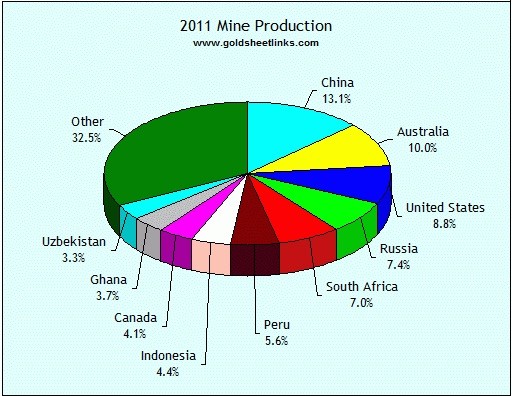Fundamental analysis_1
Post on: 7 Май, 2015 No Comment

Fundamental analysis is one of the methods of forecasting price movements on financial markets. As opposed to another method — technical analysis fundamental analysis deals with underlying causes of price changes. Many outstanding traders and investors including George Soros and Warren Buffett rely solely on tools and techniques of fundamental analysis.
The basics of fundamental analysis
Fundamental analysis of the currency market deals with studying macroeconomic, social and political factors of different countries, as well as the extent to which they affect the national currencies of these countries. It is quite natural that one cannot take into account the influence of all events worldwide on the fluctuations of financial markets. Markets only respond to significant economic or political changes or important social factors.
Modern technologies can make the analysis of fundamental factors considerably easier. Traders receive information from specialized agencies, such as Dow Jones, Bloomberg and others. Besides, all the news of major importance is received directly in the trading platform.
Fundamental news
On the whole, all the events essential for fundamental analysis can be divided into:
- Predictable
- Unpredictable
Unpredictable news includes sudden regime changes and policy shifts, natural disasters, wars, terroristic attacks, catastrophes or other force-majeure events. These cannot be predicted, and market therefore reacts quickly and incalculably to such events.

Predictable events are those released regularly at certain date and time. Forecasts and expectations relating to such releases can be available in advance. As traders approach news releases, they can plan their activities to make the most informed trading decisions. Predictable indicators of fundamental analysis include, above all, macroeconomic data for various countries.
These include the following groups of factors:
- Indicators of trading and investment capital flow
- The key figures reflecting countrys financial markets condition
- Aggregate macroeconomic indicators
- Indicators of production and trade dynamics
- Labor statistics
- Inflation rates
- Indicators of monetary policy
- Business cycle indicators, and business activity and consumer sentiment figures
- Construction industry figures
All the data used in forex fundamental analysis can also be classified by the degree to which they affect the market, or by their life cycle:
- Short term factors these are unexpected news. The market usually responds to these within one day. Such events can be used for fast speculative trades.
- Long term factors these are data on general state of global economy or major economies, such as inflation dynamics, unemployment rate or dramatic changes of basic refinancing rates. They often keep affecting the exchange rates for several weeks, months or even years in a row, in which case the fundamental analysis of forex market can be used for long and medium term trades.
An important aid tool for those relying on fundamental analysis for daily trading decisions is Economic Calendar. It includes a list of major news, data release time, previous values of indicators, as well as forecasts for the week.
Learn more about market response to news arrival and see a sample trade based on fundamental analysis in this video tutorial.
Video: Trading Fundamental Analysis














